Vuelta a España A-Z
The Vuelta a España is the third and final major tour of the season. Although not rated as highly as...
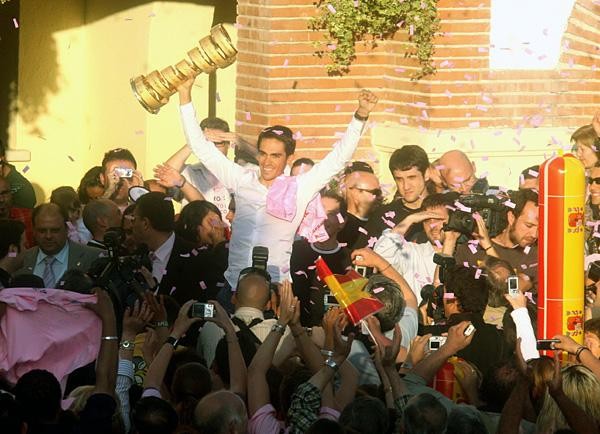
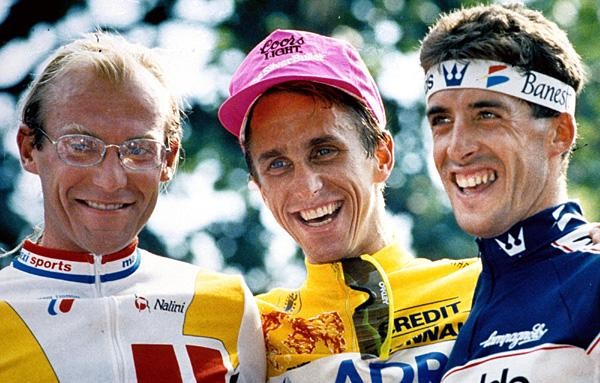
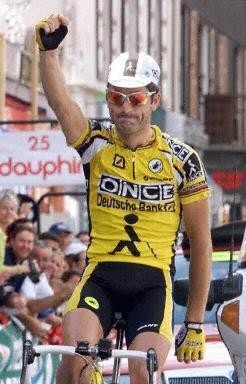
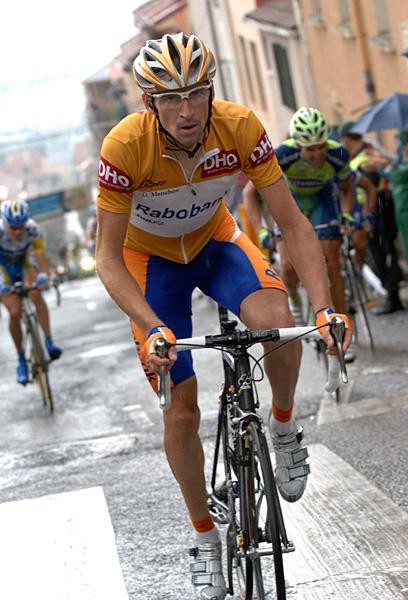
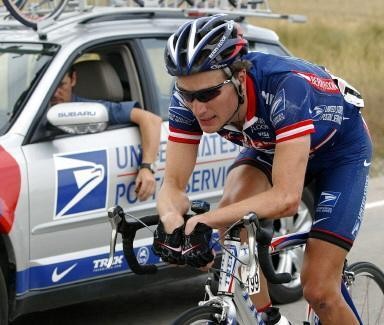

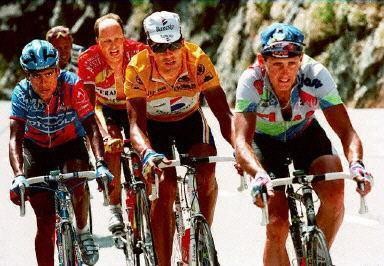



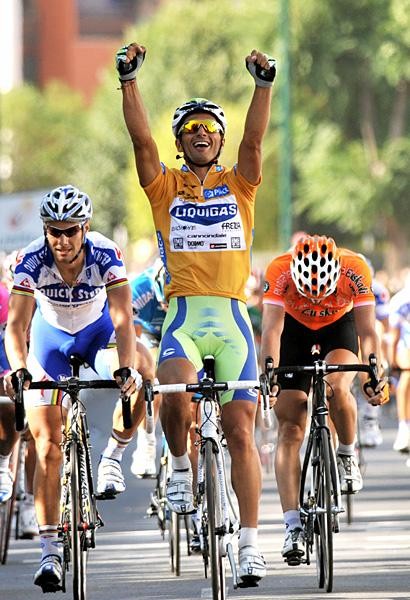
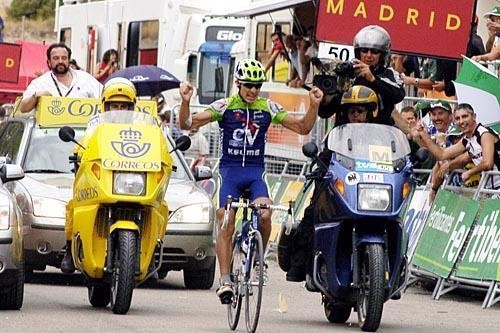
Tales from the peloton, September 7, 2008
The Vuelta a España is the third and final major tour of the season. Although not rated as highly as those of France and Italy, this year's Vuelta brings together some of the world's best riders, including this year's Giro d'Italia and last year's Tour de France champion Alberto Contador. Procycling's Peter Cossins focuses on the ins and outs of the Spanish grand tour with an A-Z of the Vuelta's key historical players and places
A
The Alto de ANGLIRU is to the Vuelta what Alpe d'Huez is to the Tour de France. Located 30km south-west of the city of Oviedo, in Spain's lush and mountainous north, the Angliru can't claim to have the same long association with the sport as the Alpe, but it is every bit as fearsome. In fact, it's a much tougher ascent and rated by some as the hardest climb regularly tackled by the leading pros.
It first appeared in 1999 as Vuelta organisers Unipublic sought out fearsome ascents to popularise the race. Aptly, Spanish climbing great José María Jiménez won the stage that year, with Gilberto Simoni winning the following year. Roberto Heras won in 2002 on a rain-lashed day when David Millar left his bike on the finish line and walked out of the race in protest at poor safety conditions.
These three winners underline the fact that we're very much in mountain goat territory. Although 12.6km in length, the brutal sections are all in the second half, where the average gradient barely drops below 12 per cent and is sometimes almost twice that. The toughest section of 23 per cent, the Cueña de las Cabres, comes a couple of kilometres from the summit. But the worst is still to come – two sections of almost 20 per cent aren't as steep, but every rider that reaches them will almost certainly already be spent.
Two-time Vuelta winner and undoubted mountain goat Pedro Delgado described the Angliru this way: "There have been moments on the climb when I've felt as if time has stopped. You're pedalling like mad but every time you look up you don't seem to have advanced much at all. It's like one of those dreams where you're running but not getting anywhere... When you reach the false flat [after 6km], there are words painted on the road warning of what is to come. 'Hell starts here,' they say."
Get The Leadout Newsletter
The latest race content, interviews, features, reviews and expert buying guides, direct to your inbox!
B
Legendary Spanish climber Julen BERRENDERO is one of just three riders to have led the Vuelta from start to finish. Having taken the first title after the conclusion of the Spanish Civil War in 1941, Berrendero took the lead on the opening day of the 1942 race in Madrid and retained it for 19 more stages until the finish in the Spanish capital. The only other riders to emulate Berrendero were Belgium's Freddy Maertens, who won a race-record 13 stages on his route to victory in 1977, and Tony Rominger in 1994.
C
France's Eric CARITOUX won by the narrowest ever margin in 1984 when he edged home just six seconds ahead of Spain's Alberto Fernández. Leading by just 37 seconds going into the time trial on the penultimate stage, climber Caritoux surprised everyone by limiting his losses to time trial specialist Fernández to 31 seconds, giving him his only major tour victory.
C
Assuming injury-free preparation, Alberto CONTADOR will start the 63rd Vuelta as the favourite for victory. Winner of the Tour de France last year and the Giro d'Italia in May this year, the 25-year-old Spaniard would become just the fifth rider to win all three major tours if he is able to carry the leader's gold jersey into Madrid. Jacques Anquetil, Felice Gimondi, Eddy Merckx and Bernard Hinault are the illustrious group that Contador is aiming to join. If he does pull this off, Contador will have done so in record time, with just 14 months having elapsed between his Tour win and his Vuelta success. He'd also be the youngest to achieve the feat as well as becoming just the third man after Merckx (1973) and Giovanni Battaglin (1981) to win the Giro and Vuelta in the same season.
D
Belgium's Gustaaf DELOOR won the first Vuelta in 1935 when just 50 riders lined up for a 3,411km race. Only 29 finished. Deloor retained the title the following year, beating his brother, Alphonse, into second place. The outbreak of the Spanish Civil War meant that the third edition of the race did not take place until 1941.
E
In 1989, sprinter Malcolm ELLIOTT became just the second British rider to win a prize jersey in a major tour. His predecessor was Robert Millar, who took the mountains titles at the Tour and Giro. Elliott's two stage wins riding for the Teka team that year helped him to the points title. Millar was famously on the verge of winning the 1985 Vuelta until a combination of cooperation between rival Spanish teams and shocking indecisiveness by his team manager at Peugeot saw the Scot denied by Pedro Delgado just two days from victory in Madrid.
F
José Manuel FUENTE, known as "El Tarangu" – "the strong one" – in the Asturian dialect, won two Vuelta titles in the early 1970s. The second, in 1974, saw him finish ahead of Portugal's Joaquim Agostinho by 11 seconds, the second closest finish in Vuelta history. One of the sport's best climbers, Fuente won four mountains titles at the Giro. The renowned Naranco climb, which leads out of Oviedo where Fuente died in 1990, is also named in his honour.
G
This year's Vuelta starts with a 7km team time trial in GRANADA. The stage resembles the first day of the 2006 race when CSC won a 7.2km test in Málaga. The time differences between the teams after this stage should be minimal, but it's a stage culture vultures should check out. The Moorish Alhambra palace is one of the architectural wonders of the world, and a visit there is perfectly complemented by a trip to the city's Arab baths, which date back to the 11th century.
H
Bernard HINAULT paid a high price for his second Vuelta success in 1983. Pushed all the way by Spaniards Alvaro Pino, Alberto Fernández and Marino Lejarreta, the Frenchman doggedly hung on despite suffering badly with tendinitis in one of his knees. The injury required surgery soon after and forced him to miss out on defending his Tour de France title that year.
I
Miguel INDURAIN famously bowed out of cycling when he quit on the 13th stage to Lagos de Covadonga during the 1996 edition of the race. Less well remembered is his major tour debut in the Vuelta 11 years earlier. Aged just 20, Induráin led the race for four days and finished 84th overall. In 1991, he achieved his best Vuelta finish, ending as runner-up to Melchor Mauri in a race hit by bad weather. Two months later he claimed the first of his five Tour de France titles and did not appear at the Vuelta again until what turned out to be his final pro race.
J
With 15 Vuelta stage wins, Frenchman Laurent JALABERT stands fifth in the all-time list of winners behind Delio Rodríguez, Alessandro Petacchi, Rik Van Looy and Sean Kelly. Winner of the race in 1995, when he bagged five stages, Jalabert also claimed the mountains and points titles, while his ONCE team were the race's best and team-mate Johan Bruyneel finished third on the podium behind Abraham Olano.
Jalabert's most memorable act at that race, however, was not one of the stages he won, but one that he didn't. On the 12th stage to the Sierra Nevada ski resort, Team Telekom rider Bert Dietz went clear with 200km remaining, only to be caught by the rampant Jalabert 50m from the summit finish. By that point, Dietz was weaving and hardly moving. "I saw he was ready to drop and felt sorry for him," said Jalabert, who clearly held back and encouraged the German across the line for the win.
K
Not only is Sean KELLY the only Irish winner of the Vuelta (1998), but he also holds the record for the number of points title wins with four. France's Laurent Jalabert also claimed four points victories and one overall crown during his glory years with the powerful ONCE team in the mid-1990s.
L
José Luis LAGUIA holds the record for wins in the Vuelta's mountains competition, claiming five titles in six years between 1981 and 1986. After retiring in 1992, he went on to become a directeur sportif at Kelme and later worked within the Vuelta organisation.
M
Denis MENCHOV is the defending Vuelta champion, having recorded a conclusive victory by 3-31 over Carlos Sastre last year. That was the Russian's second victory in three seasons. In 2005, he was awarded the title after Roberto Heras was disqualified for doping. Menchov is not likely to be on the start line in Granada on August 30, though, having already ridden the Giro d'Italia and Tour de France this season.
N
The final key stage of this year's race sees the riders tackle a 16km mountain time trial to the summit of the Alto de NAVACERRADA, north of Madrid. The stage starts in La Granja de San Ildefonso, location of the Royal Glassworks where the Vuelta's winner's trophy is made. The climb is tougher from the southern side, which is longer and rises much more from a lower base. On the northern side, the final 11.5km average 5.5 per cent. The riders will be grateful by this point that the stage doesn't head all of the way to the TV masts on the peak, another 400m above the pass where the time trial finishes.
O to Z coming in part two. Read part two, O to Z.